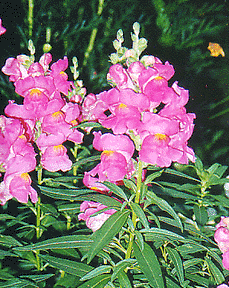Oct 9 - Rocks and Minerals lab
1. Igneous rock: Granite

Granite rock is made up of feldspar and quartz with small amounts of mica and amphibole minerals and is formed from the slow crystallization of magma below the earth's surface. It has a chemical makeup of mostly SiO2 and Al2O3. Two famous places it can be found are: Stone Mountain in Georgia and Mount Rushmore in South Dakota.
link: http://geology.com/rocks/granite.shtml
2. Metamorphic rock: Gneiss
Gneiss rock is made up of quart and feldspar that were originally part of an igneous rock that has been modified by heat, pressure, and chemical processes while buried under the earth's surface.
Gneisses can also contain mica minerals and aluminous or ferromagnesian silicates. Gneiss is commonly found in the northern United States.
link: http://geology.com/rocks/gneiss.shtml
3. Sedimentary rock: Shale
Shale rock is a fine-grained sedimentary rock formed from the compacting of mud, or silt and clay-sized mineral particles. Shale can be composed of illite, kaolinite, smectite, quartz, chert, and feldspar. Shale can be found in New York, Alabama, Texas, Michigan, Oklahoma, Arkansas, Colorado, Louisiana, Illinois, etc.
link: http://geology.com/rocks/shale.shtml
Oct 16th - Soil lab
Soil texture diagram:
image from: http://www.jsu.edu/dept/geography/mhill/phylabtwo/lab12/soiltextdiag.jpg
Munsell soil color chart:
image from: http://soilslab.cfr.washington.edu/esrm210/10_01_08.html
The Twelve Soil Orders:
Alfisols, Andisols, Aridisols, Entisols, Gelisols, Histosols, Inceptisols, Mollisols, Oxisols, Spodosols, Ultisols, Vertisols
General soil type for Georgia:
Ultisol (red clay) is the most common type of soil in Georgia.





































